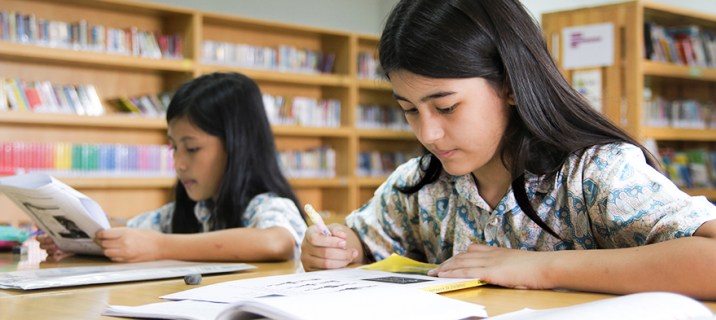I was born into a family of educators who value education as a means to achieve social justice. My privilege has been to be an educator in both the traditional and charter public school educational systems. It is in my blood to believe that our free and public educational system has a moral obligation to meet the needs of all students especially those that live in the margins of our society. In my world, public education is a civil right guaranteed by law and action. Period.
I read an op-ed piece recently titled, “School Choice is the Enemy of Justice” written by Erin Aubry Kaplan. The title intrigued me as I’ve come to experience public education, traditional and charter, as pathways to justice. In the op-ed, the author contends that charter schools are breaking the social contract by not guaranteeing diversity of the student body. This is untrue as charter schools must ensure that enrollment by ethnicity, gender, and other factors, is reflective of the neighborhood in which the school is located. How each charter school does this must be in their Board Policies, which are submitted to the local authorizing district. The moral obligation that public education has to students and our community is far greater than ensuring diversity.
The charter school movement began with this simple, yet radical notion envisioned by Albert Shanker. In 1988 when he was President of American Federation of Teachers, he described charter schools as being a place where teachers are critically involved in decision making and experiment with fresh and innovative ways of working with students creating high-performing education labs from which public education systems can learn.
Charter schools were intended to be be an opportunity outside of the traditional education system, where the decision making for innovative practices was placed in the hands of teachers, parents, community members and administrators. They were then to return to the traditional system to share all that was learned. There was a bridge that was supposed to connect the traditional and public school system that was never fully constructed. Instead what has occured is a division of sides where ultimately children lose.
I have had the honor of working with teachers, staff and leaders in both the traditional and charter school system who are brilliant and fully committed to meeting the needs of all students in their classrooms. These people keep students and staff at the center of all decisions. They recognize that students are human beings worthy of tender care regardless of academic ability, behavior, or family circumstances. They meet students and staff exactly where they are and are able to create an environment where learning and healing is possible and judgement has no room to grow. Their time, in thought and action, is dedicated to their craft. This group of people inspire me personally and professionally to show up and give my best in every way, every single day.
I have also had the honor of working with teachers, staff and leaders in both the traditional and charter school system who care about students, but ultimately care more about their time, their needs, their reputations, and their paychecks. These folks believe that they are student centered but still talk poorly about students, blaming them, or their family circumstance, for their lack of academic and social emotional growth. The leaders in this group talk poorly about staff and their colleagues blaming both for lack of success. Those in this group are unified in that they fail to reflect, and take responsibility, for their role in the lack of success. They take on the act of the victim/savior, and this does not serve community.
Both of these groups offer us a view into, The Belief Gap, in action. The Belief Gap is the gap between what our students, especially minority youth, can achieve and what others, namely educators, believe they can achieve. The first group truly believes that our youth can achieve and ensure their actions ensure students achieve at or beyond their potential. The second group doesn’t believe in the potential of our youth and instead uses student history to blame for lack of achievement. The kicker is the second group does not recognize this truth.
My point? Public education’s success and failure is not due to the existence of charter schools. Public education’s success and failure is due to the people who lead and work within each system. Instead of staking a claim on either “side” the traditional and charter systems should be partnering with one another for the betterment of all students.
The charter school movement is not trying to destroy traditional public education, but it is trying to meet the needs of students that the traditional system is not able to serve. Our children and families deserve choices when it comes to the education their students receive.
Marisol Rerucha
Latest posts by Marisol Rerucha (see all)
- Recordando a Columbine: “Me Llaman Sr. De” - April 22, 2019
- Remembering Columbine: “They Call Me Mr. De” - April 22, 2019
- Conozca a Leticia Cazares, una Guerrera de Chula Vista y Defensora de la Justicia Social, Candidata a la Junta de Gobierno de Southwestern College - November 5, 2018
- Meet Leticia Cazares, a Chula Vista Warrior and Social Justice Advocate, Candidate for Southwestern College Governing Board - November 5, 2018
- Los Educadores Deben Involucrar a los Padres, No Tratar de Reemplazarlos - October 22, 2018

